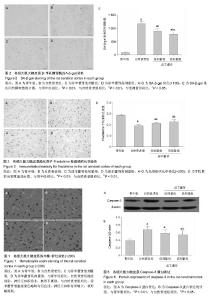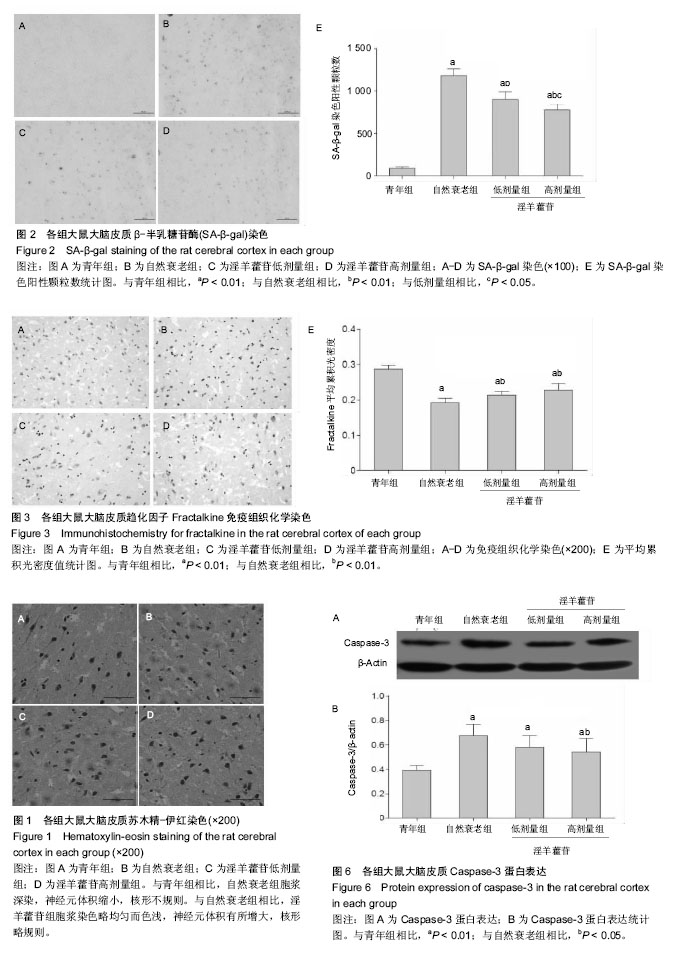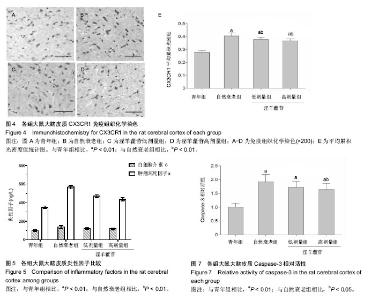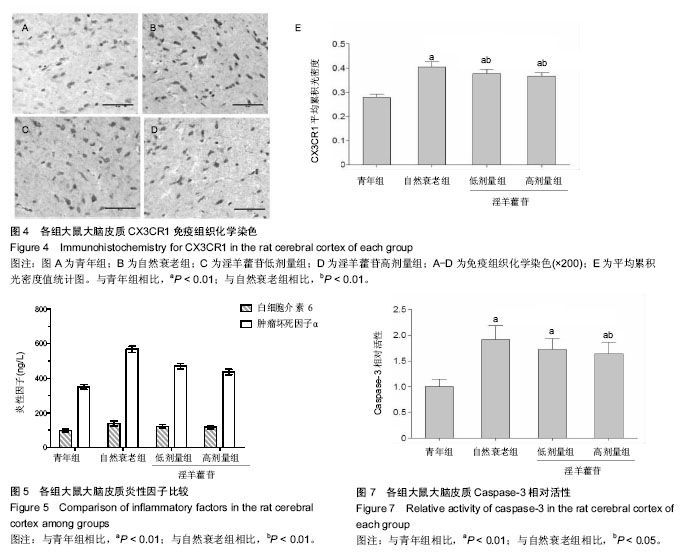| [1] Arief ZM, Munshi AH, Shawl AS. Evaluation of medicinal value of Epimediumelatum on the basis of pharmacologically active constituents, Icariin and Icariside-II. Pak J Pharm Sci. 2015;28(5):1665-1669. [2] Wu J, Xu H, Wong P F, et al. Icaritin attenuates cigarette smoke-mediated oxidative stress in human lung epithelial cells via activation of PI3K-AKT and Nrf2 signaling. Food ChemToxicol. 2014;64(2):307-313. [3] Xiong D, Deng Y, Huang B, et al. Icariin attenuates cerebral ischemia–reperfusion injury through inhibition of inflammatory response mediated by NF-κB, PPARα and PPARγ in rats. IntImmunopharmacol. 2016;30(1):157-162. [4] Zhu HR, Wang ZY, Zhu XL, et al.Icariin protects against brain injury by enhancing SIRT1-dependent PGC-1alpha expression in experimental stroke. Neuropharmacology. 2010;59(1–2):70-76. [5] Zujovic V, Benavides J, Vigé X, et al. Fractalkine modulates TNF-alpha secretion and neurotoxicity induced by microglial activation.Glia. 2000; 29(4):305-315. [6] Arnoux I, Audinat E. Fractalkine Signaling and Microglia Functions in the Developing Brain. Neural Plast. 2015;2015:689404-689412. [7] 张盼,何生松,童巧霞.趋化因子CX3CL1及其受体在肝脏疾病中的研究进展[J].中华肝脏病杂志,2016,24(4):313-316.[8] Freria CM, Hall JC, Wei P, et al. Deletion of the fractalkine receptor, CX3CR1, improves endogenous repair, axon sprouting and synaptogenesis after spinal cord injury in mice. J Neurosci. 2017;37(13):3568-3587. [9] Limatola C, Ransohoff RM. Modulating neurotoxicity through CX3CL1/CX3CR1signaling. Front Cell Neurosci. 2014;8:229. [10] 王爱桃,姚尚龙,杜晓冰,等.脊髓CX3CR1在小鼠炎性痛中的作用:与CaM/ CaMKⅡ信号通路的关系[J].中华麻醉学杂志, 2017,37(3):325-329.[11] Pabon MM. A spirulina-enhanced diet provides neuroprotection in an α-synucleinmodels of Parkinson's disease. PLoS One. 2012;7(9):e45256. [12] Chen P, Zhao W, Guo Y, et al. CX3CL1/CX3CR1 in Alzheimer's Disease: A Target for Neuroprotection. Biomed Res Int. 2016;(80):90918. [13] Bachstetter AD, Morganti JM, Jernberg J, et al. Fractalkine and CX3CR1 regulate hippocampal neurogenesis in adult and aged rats. Neurobiol Aging. 2011;32(11):2030-2044. [14] 苏新辉,豆晓锋,张亚飞,等.小胶质细胞在神经退行性疾病发生发展中的双重作用[J].解剖学研究,2013(3):220-224.[15] 李靳,杨莉,万静枝,等.三七总皂苷对D-半乳糖致H9c2细胞衰老的保护作用研究[J].中药材,2014,37(8):1421-1424.[16] 韩广明,高晓兰,牛嗣云,等.淫羊藿苷对衰老大鼠学习记忆及下丘脑GnRH SP β-EP含量的影响[J].河北医学, 2011,17(4):496-498.[17] 郑娜,王奇,尹琳琳.补肾中药治疗多发性硬化的研究进展[J].中华中医药学刊,2017,35(3):573-575.[18] 张玉萱,徐玲玲.淫羊藿总黄酮的药理作用研究进展[J].实用临床医药杂志,2012,16(9):125-128.[19] An R, Li B, You LS, et al. Improvement of kidney yang syndrome by icariin through regulating hypothalamus-pituitary-adrenal axis. Chin J Integr Med. 2015;21(10):765-771. [20] 赵文静,王历,王芝兰,等.淫羊藿的药理作用及临床应用研究进展[J].中医药信息,2016,33(2):105-108.[21] Itahana K, Itahana Y, Dimri GP. Colorimetric detection of senescence- associated β galactosidase. Methods Mol Biol. 2013;965:143-156.[22] Wojdasiewicz P, Poniatowski LA, Kotela A, et al. The chemokine CX3CL1 (fractalkine) and its receptor CX3CR1: occurrence and potential role in osteoarthritis. Arch ImmunolTherExp(Warsz). 2014; 62(5):395-403.[23] Poniatowski ?A, Wojdasiewicz P, Krawczyk M, et al. Analysis of the Role of CX3CL1 (Fractalkine) and Its Receptor CX3CR1 in Traumatic Brain and Spinal Cord Injury: Insight into Recent Advances in Actions of Neurochemokine Agents. MolNeurobiol. 2017;54(3):2167-2188.[24] 郑欣洵,罗涛.衰老大脑小胶质细胞异常激活与中枢性炎症研究进展[J].国际麻醉学与复苏杂志,2017,38(4):374-377.[25] Lyons A, Lynch AM, Downer EJ, et al. Fractalkine-induced activation of the phosphatidylinositol-3 kinase pathway attentuates microglial activation in vivo and in vitro. J Neurochem.2009;110(5):1547-1556. [26] Cipriani R, Villa P, Chece G, et al. CX3CL1 is neuroprotective in permanent focal cerebral ischemia in rodents. J Neurosci.2011;31(45): 16327-16335. [27] 石荷洁,霍星.趋化因子Fractalkine在脑缺血再灌注损伤中的作用[J].新乡医学院学报,2014,31(1):67-69.[28] Boehme SA, Lio FM, Maciejewski-Lenoir D, et al. The chemokine fractalkine inhibits Fas-mediated cell death of brain microglia. J Immunol. 2000;165(1):397-403. |



